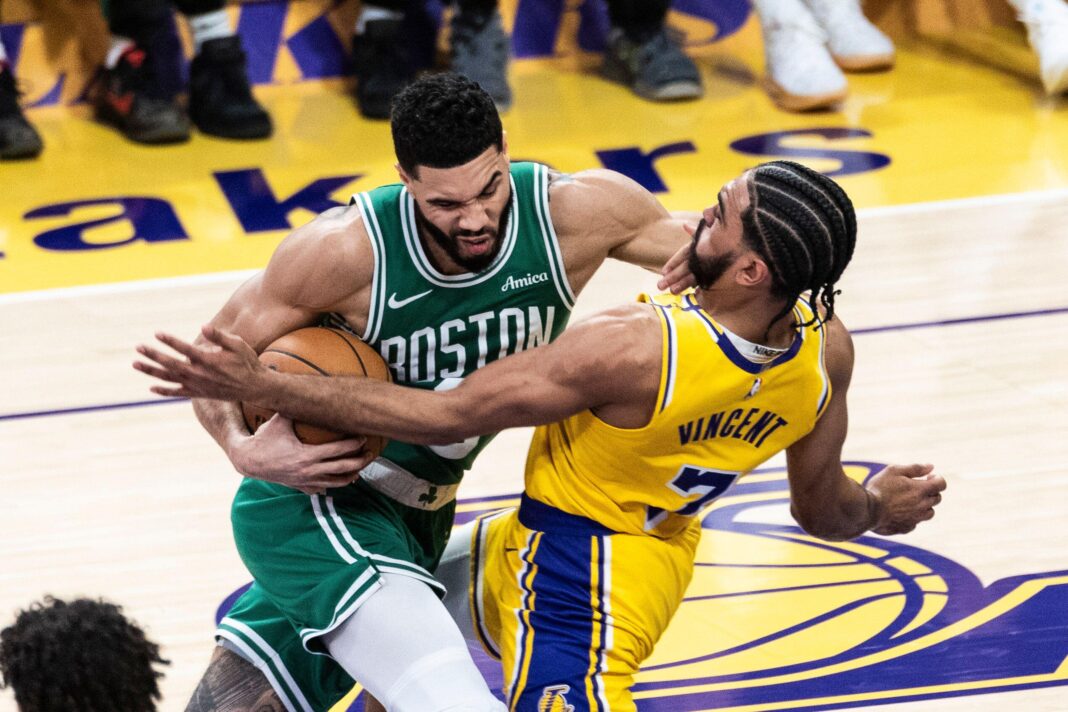Key Points of Focus on Pro Sports Franchise Valuations
- The Boston Celtics were recently sold for $6.1 billion, setting a new record for North American sports franchise sales.
- Research suggests sports franchise valuations are surging due to the limited team supply, growing billionaire interest, and increased revenue from broadcasting and sponsorships.
- The last 10 major sports franchise sales in the US, focusing on NFL, NBA, and MLB, show prices ranging from $2.2 billion to $6.1 billion, reflecting this upward trend.
The recent sale of the Boston Celtics for $6.1 billion on March 20, 2025, as reported in an X post by Joe Pompliano X post by Joe Pompliano, has set a new benchmark for North American sports franchise sales. This transaction, described as the largest in history, underscores a significant trend of escalating valuations in the US sports market. The analysis below delves into the factors driving this surge, the implications for the sports industry, and a comprehensive list of recent sales, ensuring a thorough understanding for readers interested in the financial dynamics of sports franchises.
Factors Driving Surging Valuations
Several key elements contribute to the rapid increase in sports franchise values, as evidenced by various industry reports and analyses. First, the limited supply of professional sports teams in major leagues such as the NFL, NBA, MLB, and NHL creates a scarcity that heightens demand. With only 123 total professional sports teams in the US and a growing number of billionaires, competition among potential buyers drives prices upward.
Second, revenue growth is a significant driver. Modern sports franchises benefit from diverse income streams beyond ticket sales, including broadcasting rights, corporate sponsorships, merchandise, and non-game events. For instance, the NFL’s average franchise value reached over $6.4 billion in 2024, as reported by CNBC, fueled by lucrative TV deals. Similarly, NBA teams like the Golden State Warriors, valued at $9.4 billion in 2025 according to CNBC, leverage global fan bases and star players to enhance their financial standing.
Third, the cultural and social prestige associated with owning a sports franchise adds to its appeal. Owners often view these teams as “trophy assets,” expecting returns primarily through future sales rather than annual profits, as noted in the Toptal article. This prestige, combined with the emotional connection fans have with their teams, ensures economic resilience even during downturns, making franchises attractive investments.
Additionally, the expansion of entertainment districts around stadiums and arenas, as mentioned in PwC’s valuation playbook Valuation: The new sports stat that matters, enhances revenue potential. Teams are investing in restaurants, bars, and retail to create seamless fan experiences, further boosting valuations.
Detailed Pro Sports Franchise Sales Data
To provide a comprehensive view, the following table lists the last 10 major sports franchise sales in the US, ordered by date to align with the user’s request for the most recent purchases. This list focuses on the big four leagues (NFL, NBA, MLB, NHL) and includes the Baltimore Orioles sale in 2024, which, while lower in value, is part of the recent transactions:
| Rank | Franchise | League | Sale Price | Year |
|---|---|---|---|---|
| 1 | Boston Celtics | NBA | $6.1 billion | 2025 |
| 2 | Baltimore Orioles | MLB | $1.725 billion | 2024 |
| 3 | Washington Commanders | NFL | $6.05 billion | 2023 |
| 4 | Phoenix Suns/Mercury | NBA/WNBA | $4 billion | 2023 |
| 5 | Dallas Mavericks | NBA | $3.5 billion | 2023 |
| 6 | Charlotte Hornets | NBA | $3 billion | 2023 |
| 7 | Denver Broncos | NFL | $4.65 billion | 2022 |
| 8 | New York Mets | MLB | $2.4 billion | 2020 |
| 9 | Brooklyn Nets | NBA | $2.35 billion | 2019 |
| 10 | Carolina Panthers | NFL | $2.275 billion | 2018 |
This table, derived from sources like NBC Sports Bay Area Here are the most expensive U.S. sports franchise sales – NBC Sports Bay Area & California and supplemented by the Celtics sale from the X post, shows a clear upward trend. Notably, the inclusion of the Phoenix Suns/Mercury deal highlights the growing value of WNBA teams, an unexpected detail given the traditional focus on men’s leagues. The Baltimore Orioles at $1.725 billion in 2024, while lower, reflects the diversity in sale prices and the inclusion of MLB teams in recent transactions.
Implications and Future Outlook
The surge in valuations has significant implications for the sports industry. It attracts more private equity and billionaire investors, as seen with Bill Chisholm’s purchase of the Celtics, potentially leading to increased innovation in team management and fan engagement. However, concerns about sustainability arise, with high valuations possibly leading to increased debt levels for buyers and the risk of overvaluation if revenue growth does not keep pace. The Philadelphia Eagles just sold a minority stake in their franchise of 8% at an $8.3 billion valuation. Look for other owners to emulate Jeffery Lurie with private equity shops slobbering over the recent valuations.
Looking ahead, the trend seems likely to continue, with Forbes projecting the top 50 most valuable teams to be worth nearly $289 billion in 2024, up 13% from the previous year The World’s 50 Most Valuable Sports Teams 2024. This growth, driven by global reach and new revenue models, suggests that sports franchises will remain attractive investments, though careful financial management will be crucial to maintain this trajectory.
It is also not crazy to think that the continued impact of NIL on College Football could ultimately lead to a break away from the NCAA to form another pro football league.
Final Thoughts
In conclusion, the surging valuations of US sports franchises, exemplified by the Boston Celtics’ record-breaking $6.1 billion sale, reflect a dynamic and lucrative market. The factors driving this trend, limited supply, revenue growth, and cultural prestige, ensure that teams continue to command high prices, as seen in the detailed sales table. While the future looks bright, stakeholders must navigate potential risks to sustain this growth, making the sports industry an ever-evolving landscape of opportunity and challenge.


